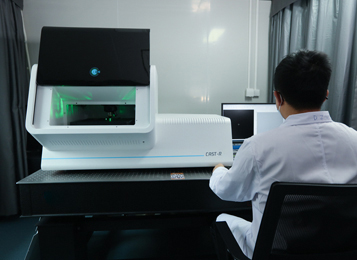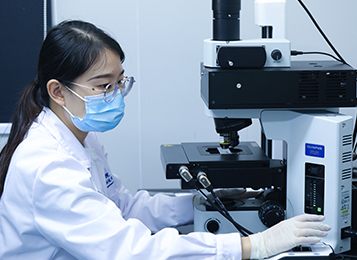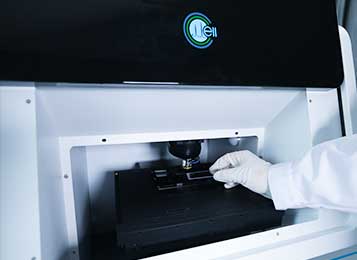2025.12.18 Huaizhi Zhang Bioresource Technology
Single-cell phenotyping and sequencing uncover metabolically active low-abundance yeasts in thermophilic fermentation
AREA OF INTEREST
Industrial Biotech
SPECIES
Yeast
2025.12.18 Yang He Bioresource Technology
Tracking production and interconversion of extra- and intra-cellular metabolites during beer fermentation by ramanomics
AREA OF INTEREST
Industrial Biotech
SPECIES
Yeast
2025.10.14 Zhidian Diao, et al., Nat Commun
AI-powered high-throughput digital colony picker platform for sorting microbial strains by multi-modal phenotypes
AREA OF INTEREST
Industrial Biotech
SPECIES
Bacteria
2025.07.17 Xiaotong Ji, Xixian Wang, et al., Biotechnol Biofuels Bioprod
Label-free isolation of lipid-rich Saccharomyces cerevisiae mutant by high-throughput flow-mode Raman-activated cell sorting and multi-omics analysis for uncovering the mechanism of enhanced lipid accumulation
AREA OF INTEREST
Industrial Biotech
SPECIES
Yeast
2025.06.24 Zhidian Diao, Anle Ge, et al., Sens Actuators B-Chem
Rapid quantitative detection, identification and antimicrobial susceptibility testing of pathogens in blood using the static droplet array (SDA) chip-based method
AREA OF INTEREST
Medicine
SPECIES
Bacteria
2025.06.14 Xiaoyan Jing, et al., Water Res
Mining robust in situ phosphorus-accumulating organisms via single-celRACS-Culture for rational ecosystem engineering
AREA OF INTEREST
Environment and Agriculture
SPECIES
Microbiome














 鲁公网安备37021202001515
鲁公网安备37021202001515


